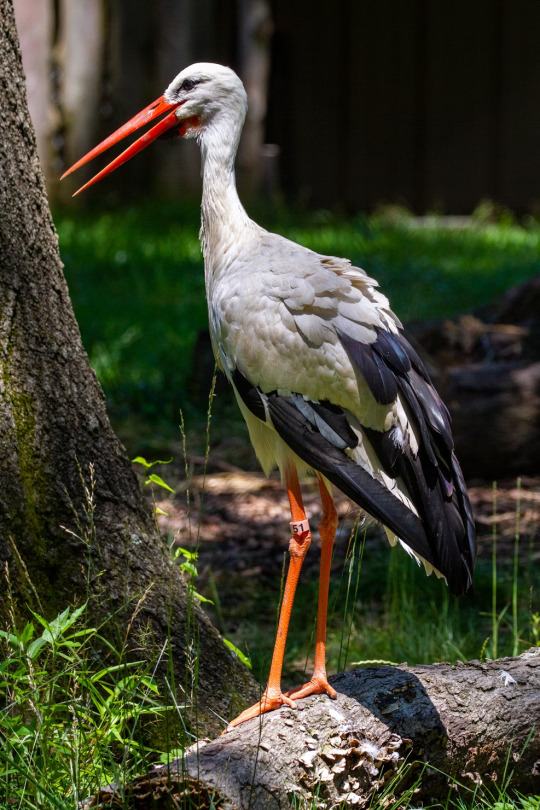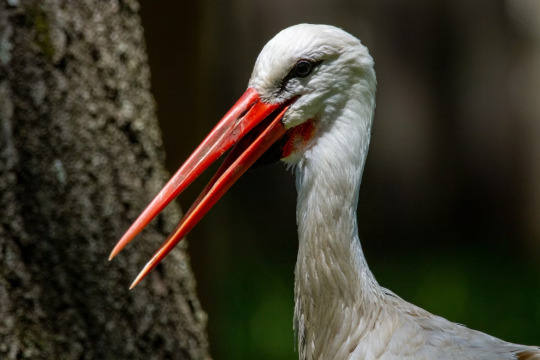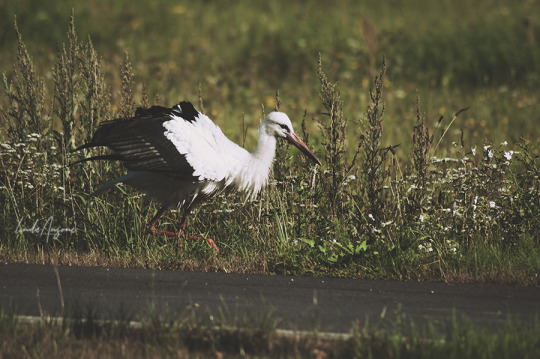#ciconia ciconia
Explore tagged Tumblr posts
Text


Photo source
Map source
65 notes
·
View notes
Text


Ciconia ciconia | White Stork
#white stork#ciconia ciconia#birds#bird photography#nature#nature photography#animal photography#original photographers#photographers on tumblr#latvia
62 notes
·
View notes
Text

A little graphite sketch of a white stork that I did while waiting for my tea :)
#art#my art#traditional art#graphite drawings#sketches#wildlife art#birblr#archosaurs#dinosaurs#theropods#birds#ciconiiformes#ciconia#ciconia ciconia
85 notes
·
View notes
Text

White Stork
36 notes
·
View notes
Photo

White Stork (Ciconia ciconia)
© Kevin Hughes
33 notes
·
View notes
Text

Hausstorch, Ciconia alba | Die Vogel (1913) | Alfred Edmund Brehm (1829-1884) | Biodiversity Heritage Library
#alfred edmund brehm#klapperstorch#hausstorch#störche#ciconia ciconia#ciconiidae#biologie#ornithologie#vögel
7 notes
·
View notes
Photo




It’s time to fly
35 notes
·
View notes
Text


White Stork - Memphis Zoo, Prentiss Place, Memphis, TN, USA
Joshua J. Cotten
Scientific name: Ciconia ciconia
Conservation status: Least Concern (Population increasing)
Mass: 7.4 lbs (Adult)
Family: Ciconiidae
Class: Aves
Kingdom: Animalia
Order: Ciconiiformes
The white stork is a large bird in the stork family, Ciconiidae. Its plumage is mainly white, with black on the bird's wings. Adults have long red legs and long pointed red beaks, and measure on average 100–115 cm from beak tip to end of tail, with a 155–215 cm wingspan.
White storks prefer a habitat with low or shallow standing water, such as ponds or permanent pools, surrounded by tall trees to nest. They will hunt for food in wetlands, meadows and farmlands, though they tend to avoid areas with extremely tall grass or shrubs.
White storks breed throughout Europe, North Africa, and Southwest Asia, and migrate south into sub-Saharan Africa and South Asia for the winter. They arrive on their southern wintering grounds by October, traveling in large flocks that may number in the thousands.
#Memphis Zoo#Prentiss Place#Memphis#TN#USA#Tennessee#US#United States#United States of America#North America#Wildlife#TNWildlife#Birds#Bird#Stork#White Stork#Ciconia ciconia#Ciconiidae#Aves#Animalia#Ciconiiformes
3 notes
·
View notes
Video
Lets Dance - White Storks by Georgie Alexon Via Flickr: These White Storks were trying to assert their dominance in the colony as they returned to their nesting grounds in Silves Portugal. White storks are gregarious and non-territorial birds. They typically gather into loosely structured groups. During the breeding season, they nest in small colonies, constructing the nests far from each other. Non-breeding birds form groups of 40-50 individuals. - Ciconia ciconia
#Ciconia ciconia#bird#oiseaux#wildlife#nature#photography#canon#eos#stork#mating#displace#blue#sky#colors#green#white#colours#day#pine#tree#outside#naturephotography#sunny#happy#Ciconiidae#springtime#animals#wild#Silves#Portugal
7 notes
·
View notes
Text
Examples of same-sex pairs successfully raising young have been documented in at least 20 species, and in a few cases, homosexual couples actually appear to have an advantage over heterosexual ones.¹³
13. In some bird species in which same-sex pairs are unable to obtain fertile eggs on their own (or in which homosexual parenting has yet to be observed in the wild), parenting skills have been demonstrated by supplying homosexual pairs with "foster" eggs or young in captivity. Same-sex pairs of Flamingos, White Storks, Black-headed Gulls, Steller's Sea Eagles, Barn Owls, and Gentoo Penguins, for example, have all successfully hatched such eggs and/or raised foster chicks.
"Biological Exuberance: Animal Homosexuality and Natural Diversity" - Bruce Bagemihl
#book quote#biological exuberance#bruce bagemihl#nonfiction#same sex#gay parents#child rearing#homosexuality#gay#lesbian#flamingo#phoenicopterus ruber#white stork#ciconia ciconia#black headed gull#larus ridibundus#chroicocephalus ridibundus#steller's sea eagle#haliaeetus pelagicus#barn owl#tyto alba#gentoo penguin#pygoscelis papua#foster eggs#foster chicks#successful
3 notes
·
View notes
Photo
White Stork (Ciconia ciconia)

′′ the saint ′′
54K notes
·
View notes
Text
Ortica Simpatica, Ciconia ciconia
1 note
·
View note
Photo



#birds#bird photography#white stork#ciconia ciconia#stork#nature#nature photography#latvia#original photographers#photographers on tumblr
132 notes
·
View notes
Text
Anxiety, emailing, and storks
This week, I've been making steps towards prospecting again. Since I don't have a website available anymore (can't pay for now), I made my portfolios readable online. Now I have to send them to people. Thus, I made a Google Sheets document to organize and see when I contacted and when I need to recontact someone with the help of a friend.
So why am I talking about this if I have everything in my hand to promote my work via e-mails again ?
Well I don't.
Ever been stuck on a task because of fear and anxiety ? Panicked because you're tired of trying but still have to do it ? Yeah... That's me. My anxiety is related to the working world and my depression is triggered by my desperate attempts at surviving through this capitalistic nightmare.
What do you do when that happen ?
I honestly don't know. I don't like to force myself, my instincts tells me it's like running full speed at the danger. I guess I should fight this feeling and keep trying... It's not like I'm gonna die, I'm just gonna cry a lot, feel tight in my chest and sleep a lot for a few days...
I think writing about it here is better than nothing. At least some people can relate to it. I offer no solutions, sorry. After all, it is a blog I made for sharing stuff I did and yap about my life.
I'll update you people if I did it, for the moment, I'll keep searching for more people to contact, postpone an e-mailing attempt to tomorrow and share my Ko-fi.
If you want to help me make more pictures, you can send me a tip on my KO-FI.
Anyways, here's a few photos I took this year of the nearest white storks (Ciconia ciconia) nest.



Right now, the babies are grown enough to fly by themselves for the migration but during spring and summer, you could hear them clatter when a mate came back from foraging. I even took a video of them taking care of their babies.
youtube
#maxwellsuperbien#artists on tumblr#photography#venting#anxiety#prospecting#e-mails#animals#trans artist#bird#ciconia ciconia#ciconia#cigogne#cigogne blanche#white stork#ko fi support#kofi#ko-fi
1 note
·
View note
Photo

White Stork
24 notes
·
View notes
Video
Natuur en landbouw. by Wim Jacobs Via Flickr: Rondje Montort met de fiets.
#Nikon D7200#Nikon#D7200#AF-P NIKKOR 70-300mm f/4.5-5.6#Montfort#Roerdalen#Limburg#natuur#nature#buitengebied#Eerselen#Ooievaar#vogel#dier#Ciconia ciconia#landbouw#agriculture#FBpage#pint#500px#flickr
0 notes